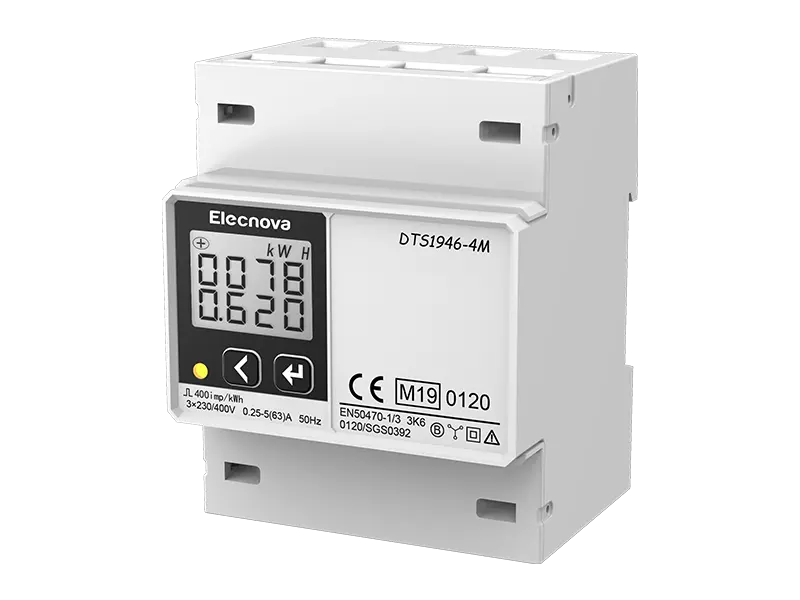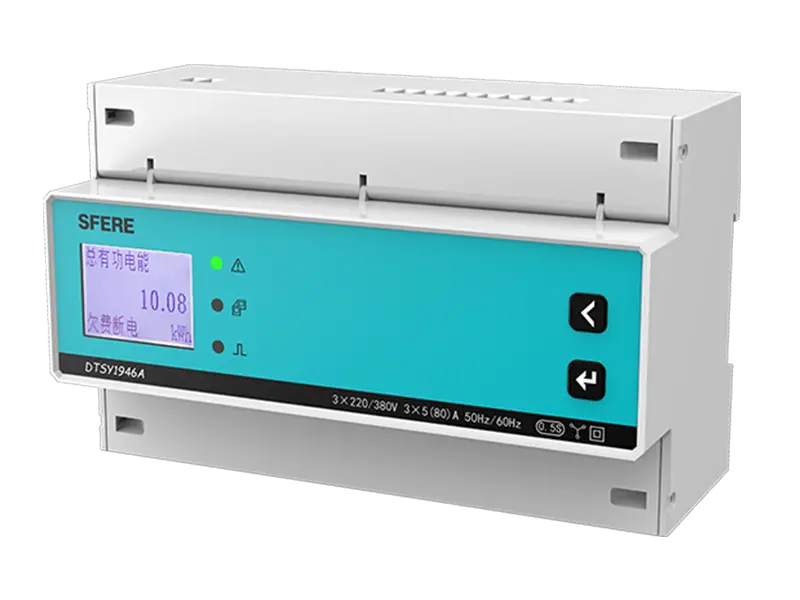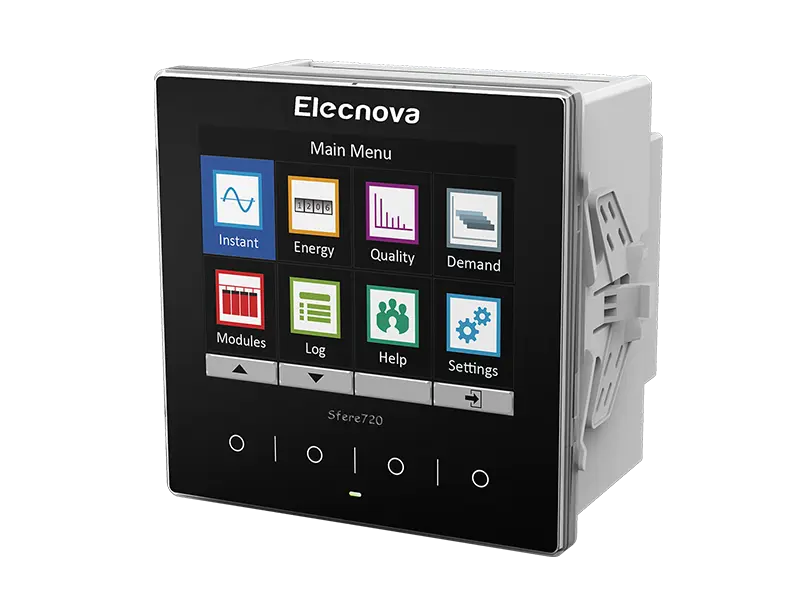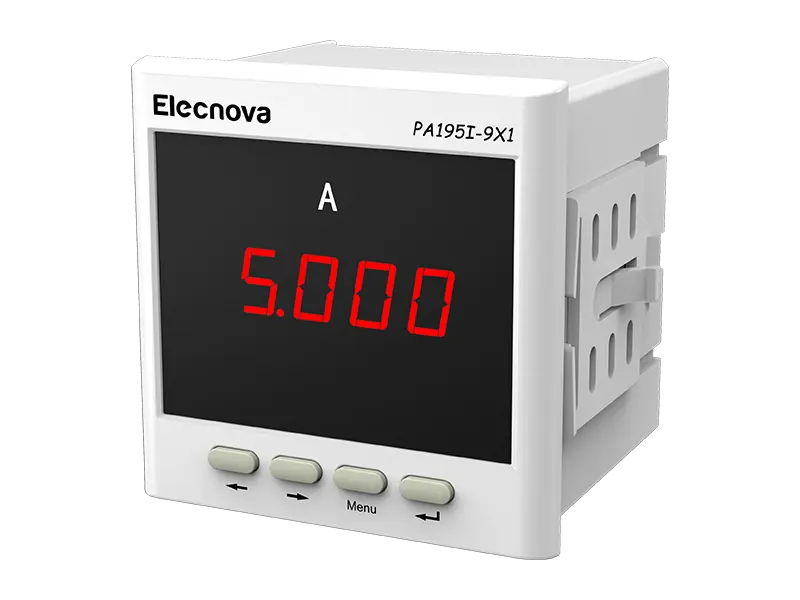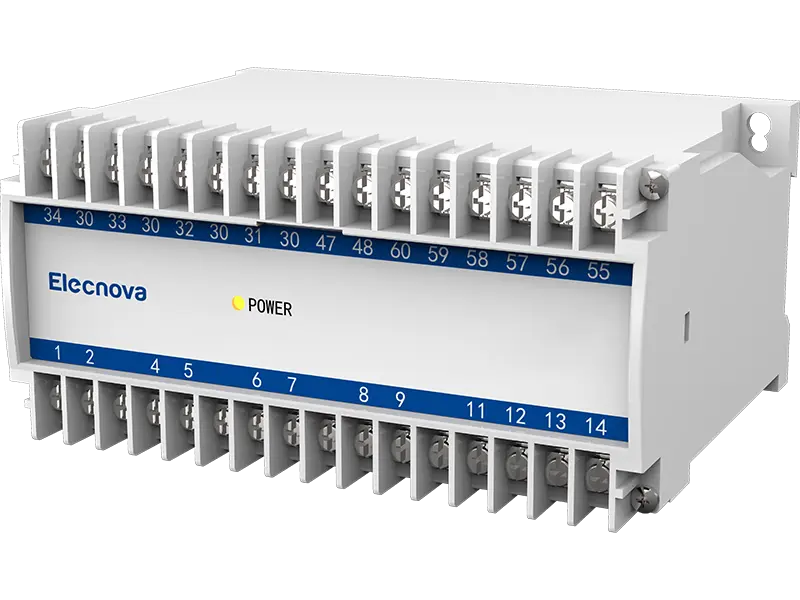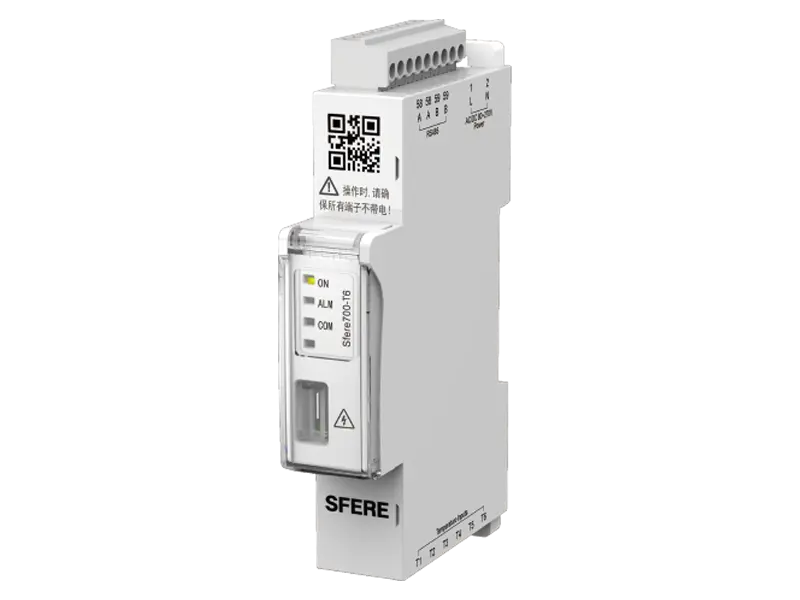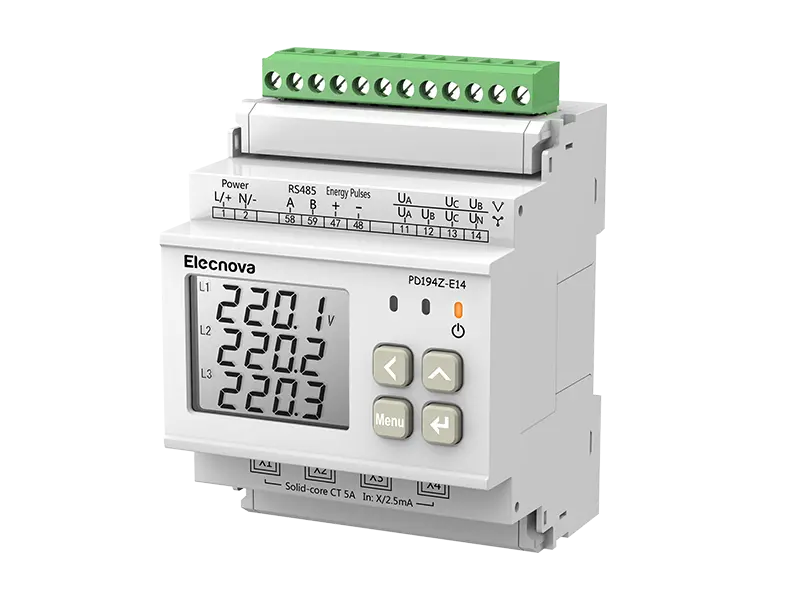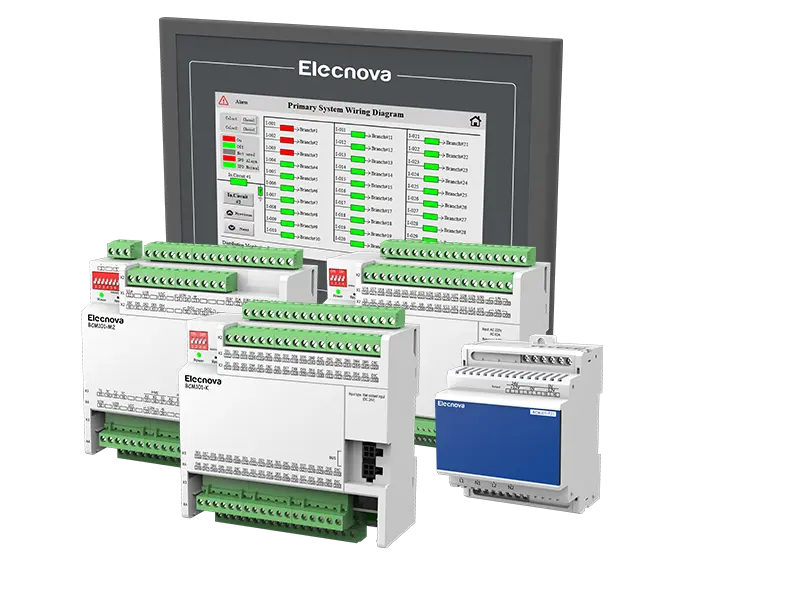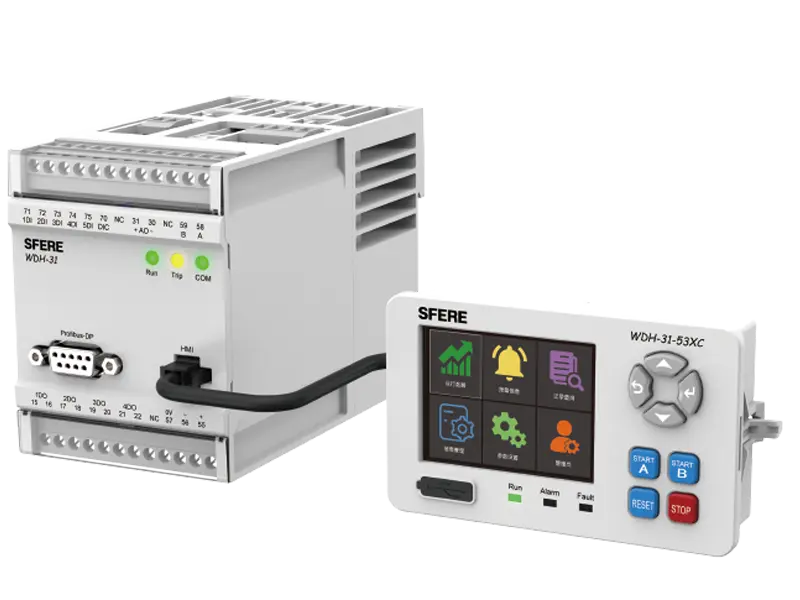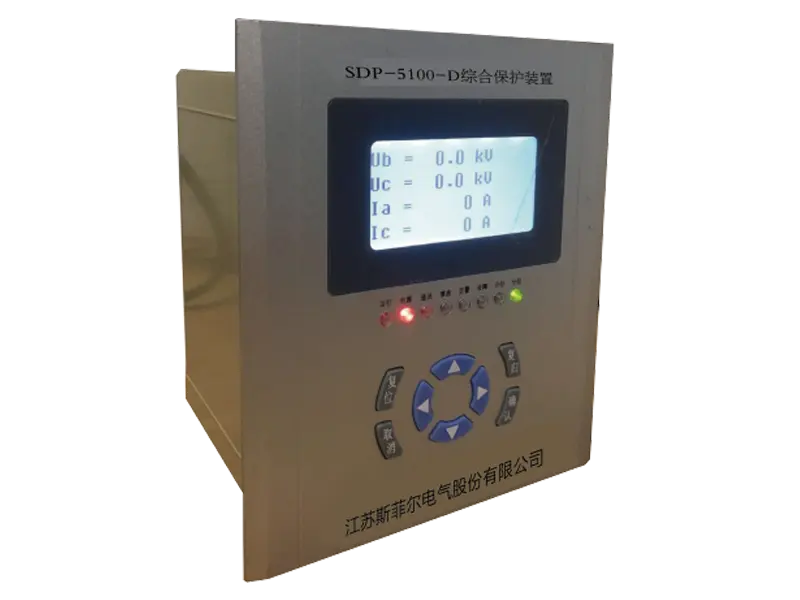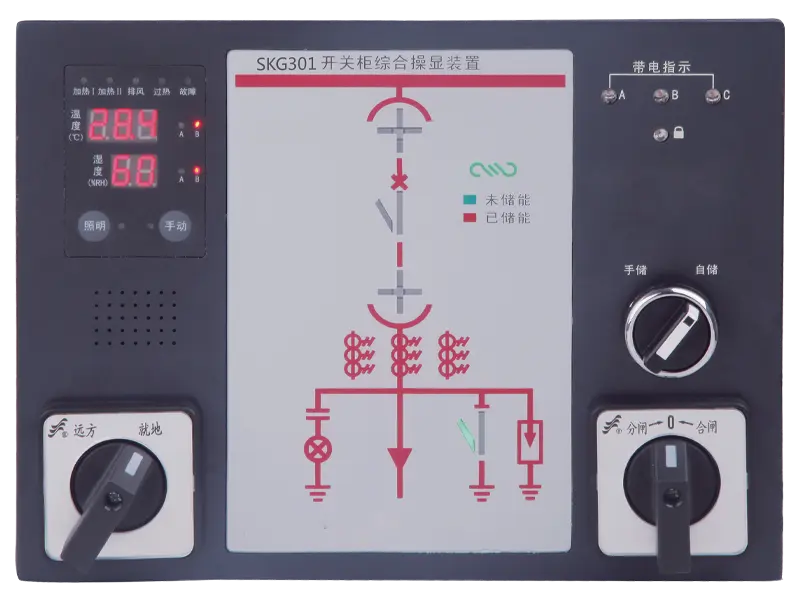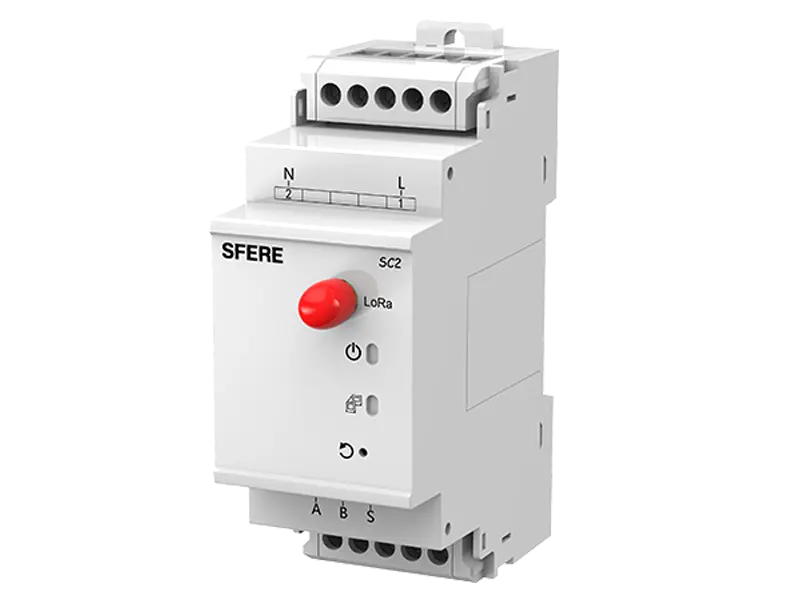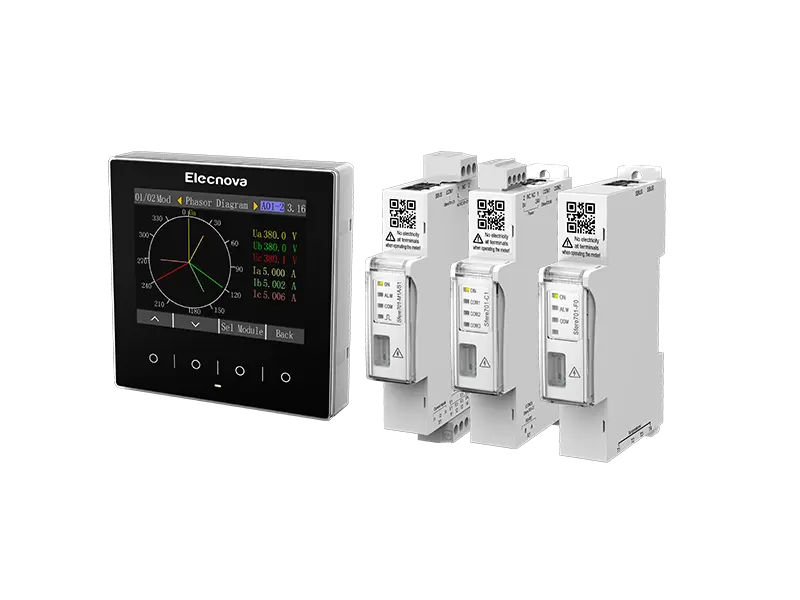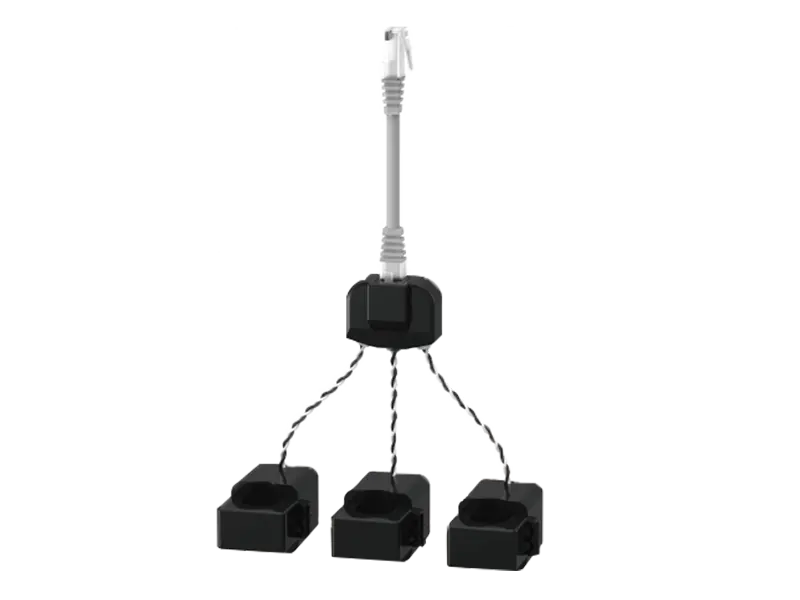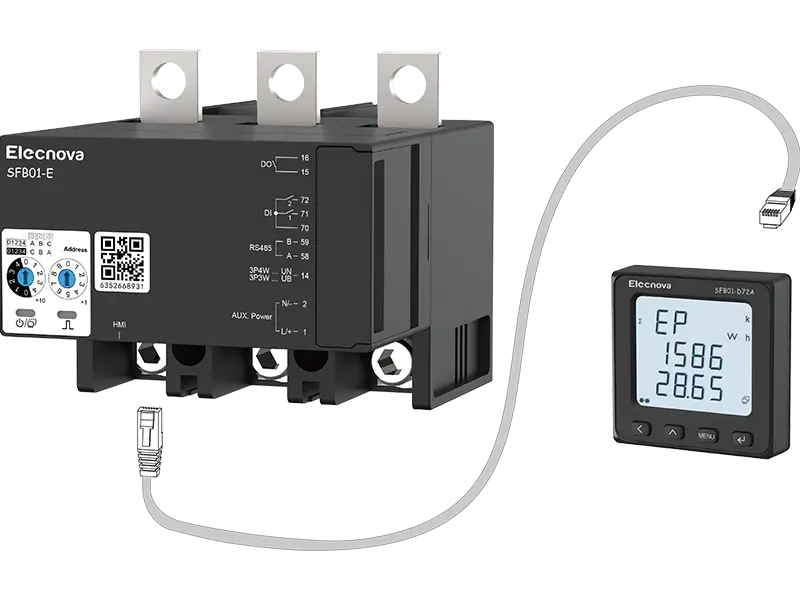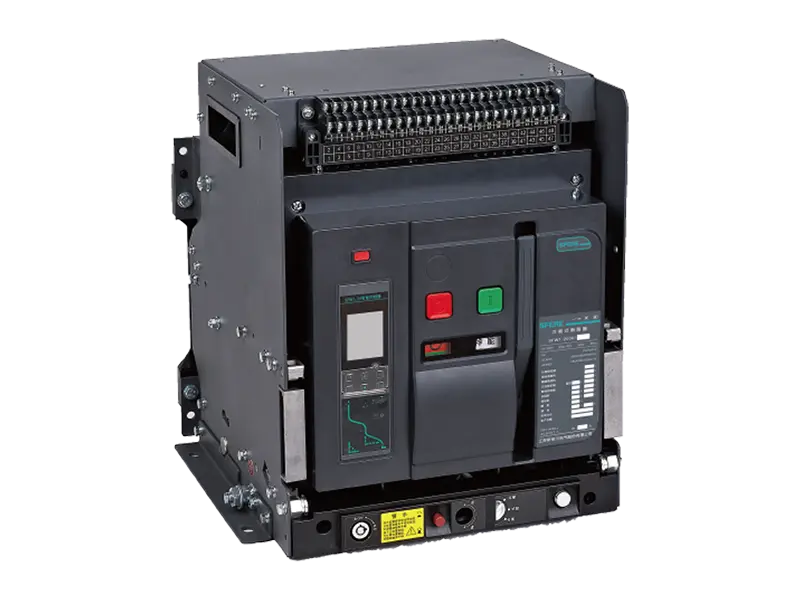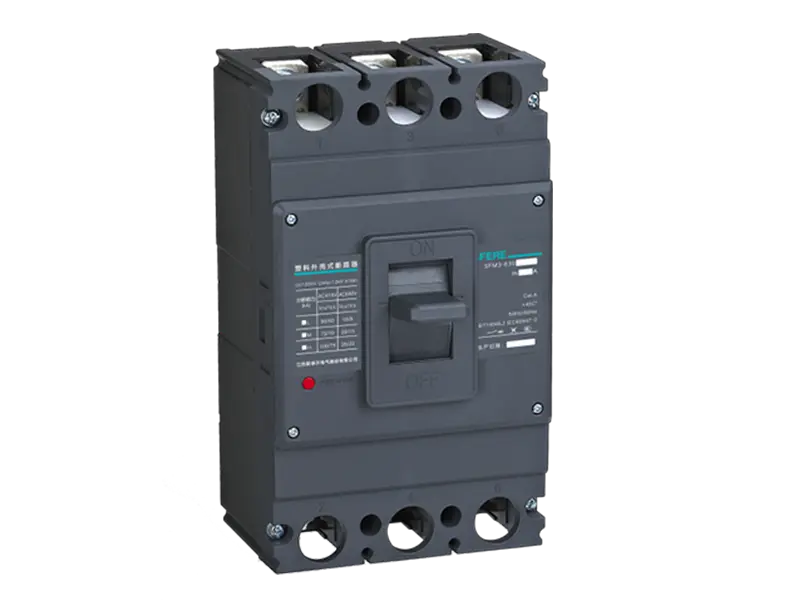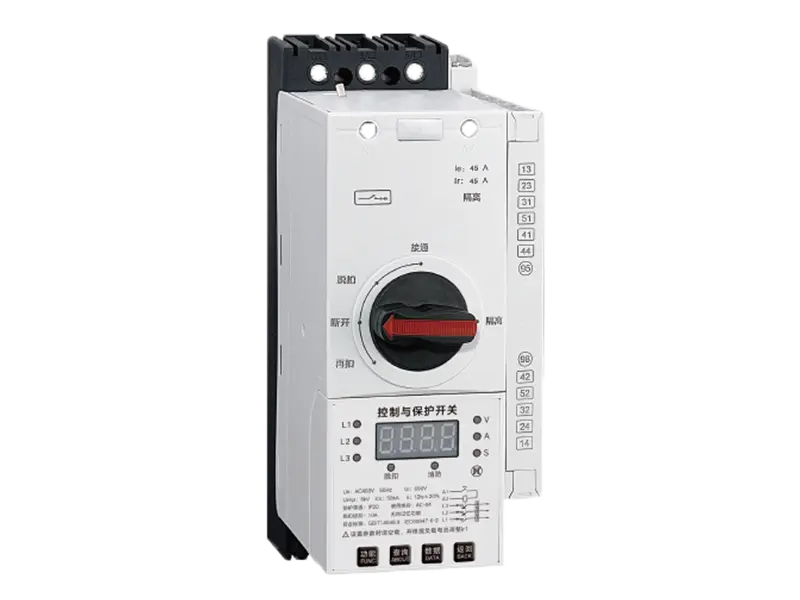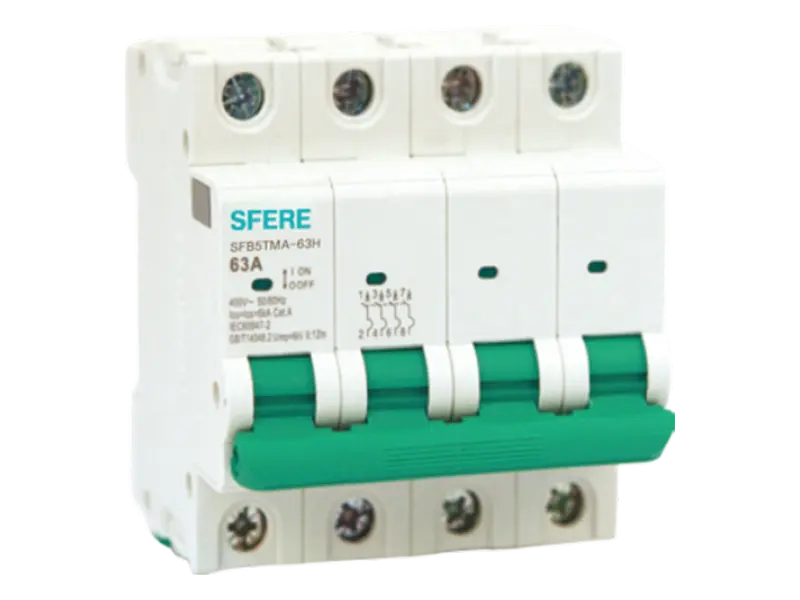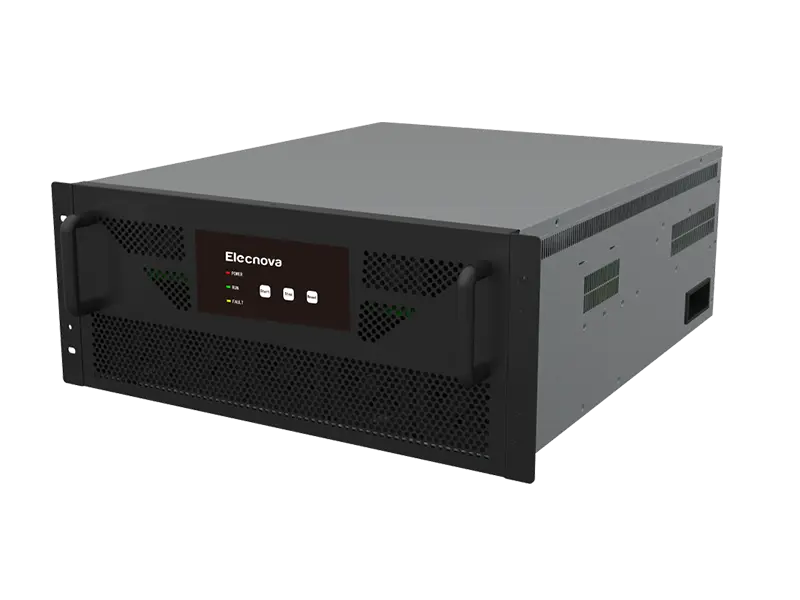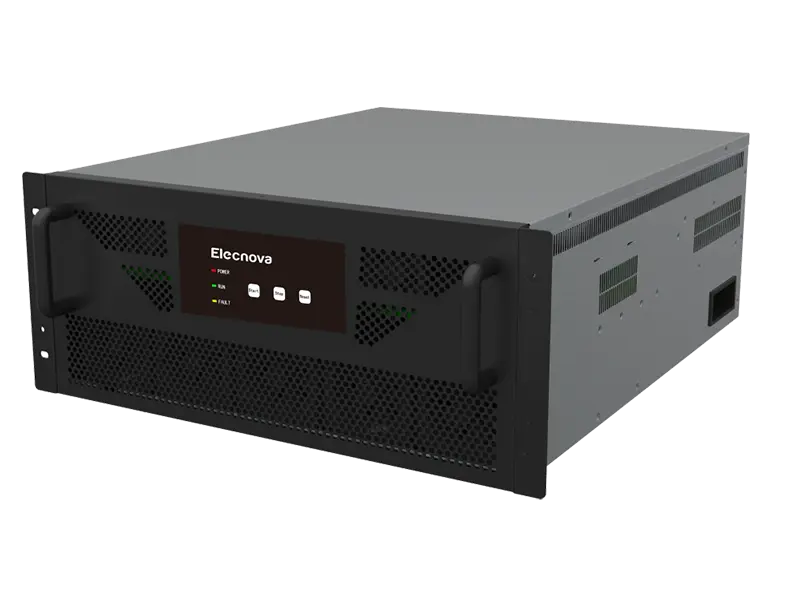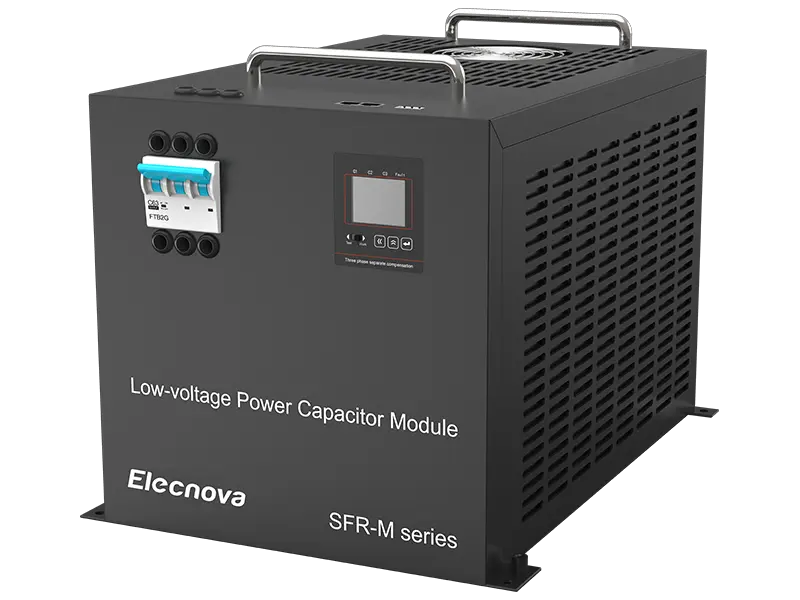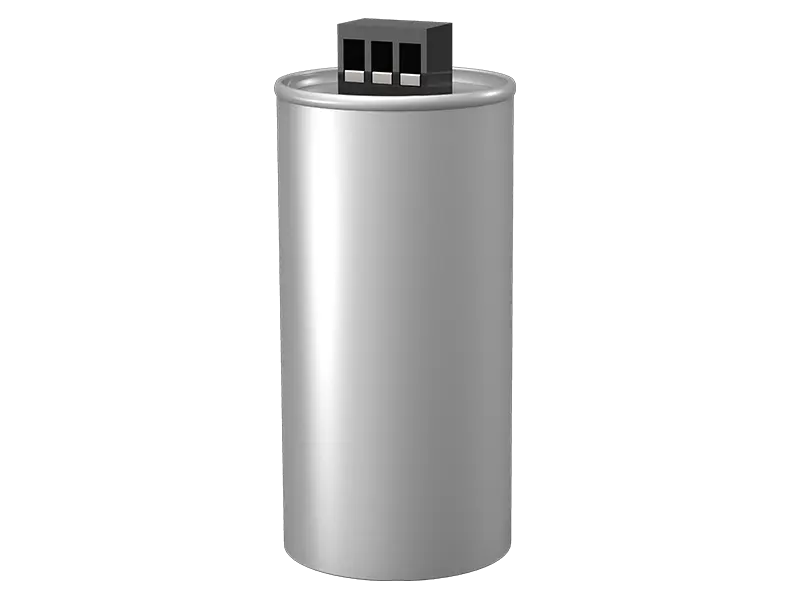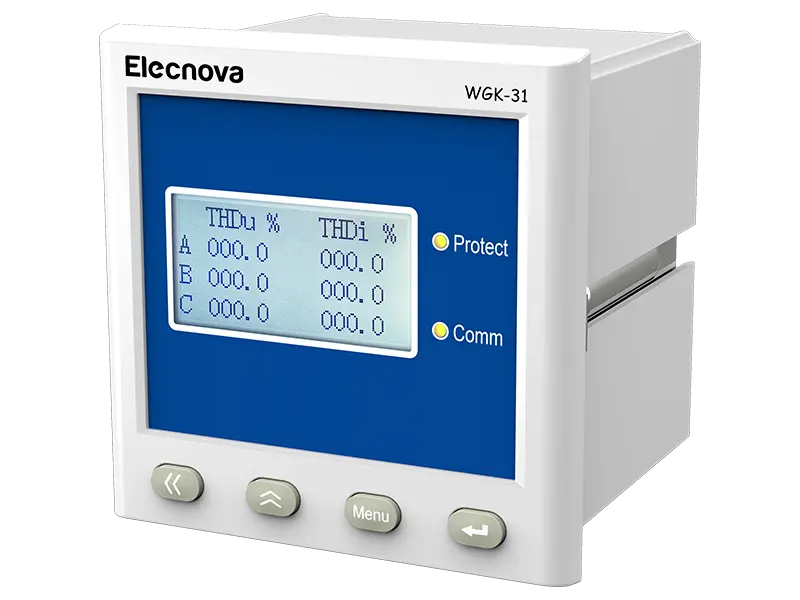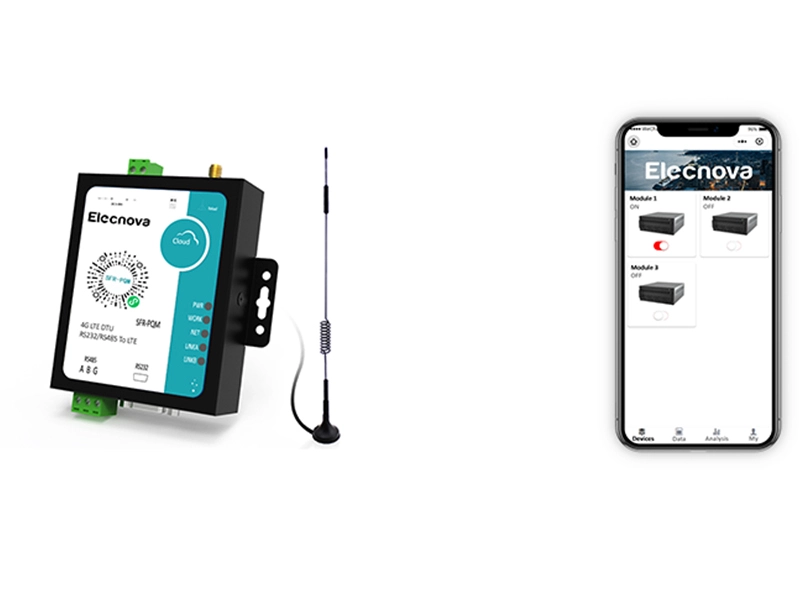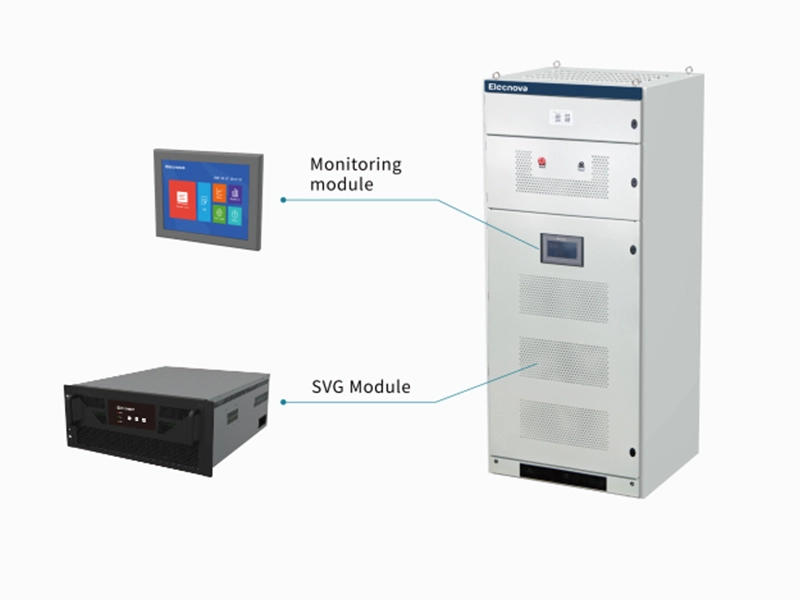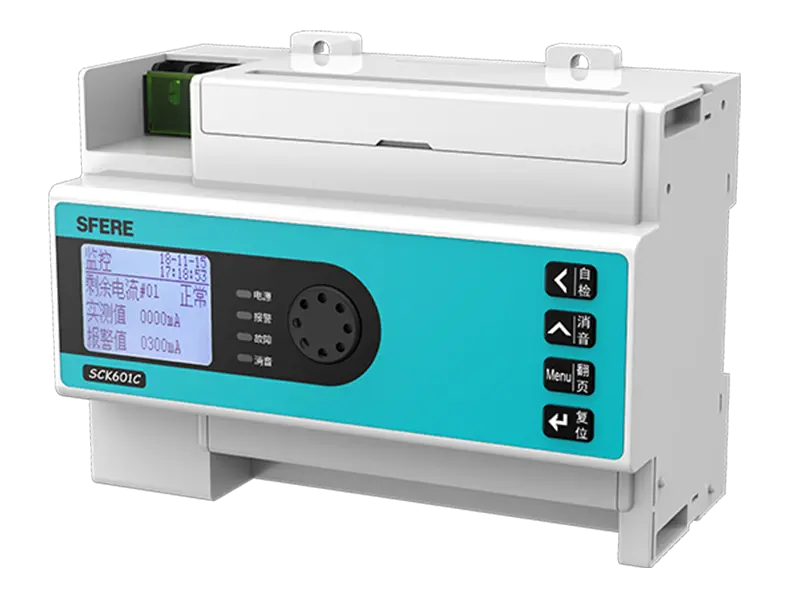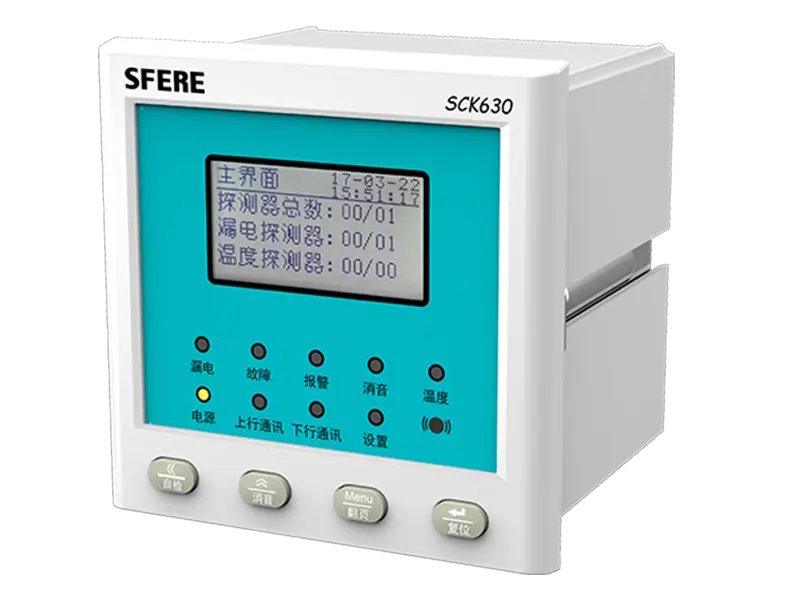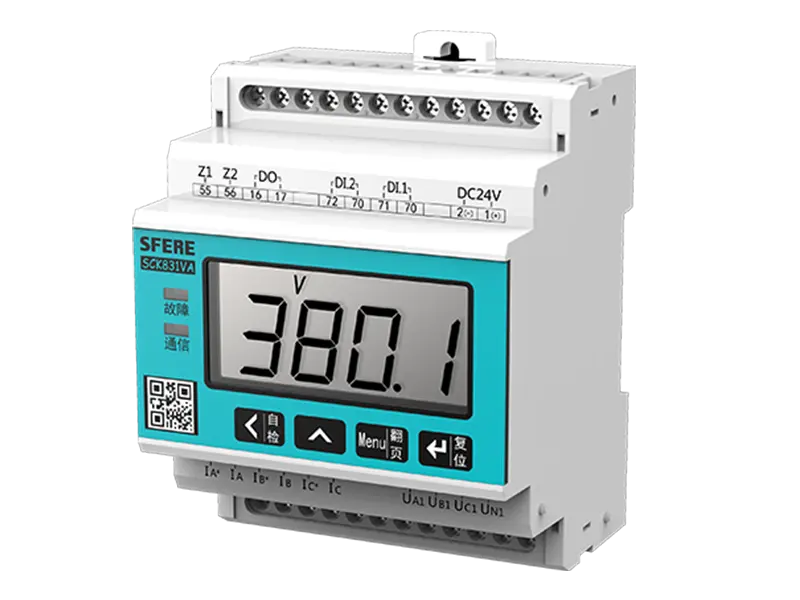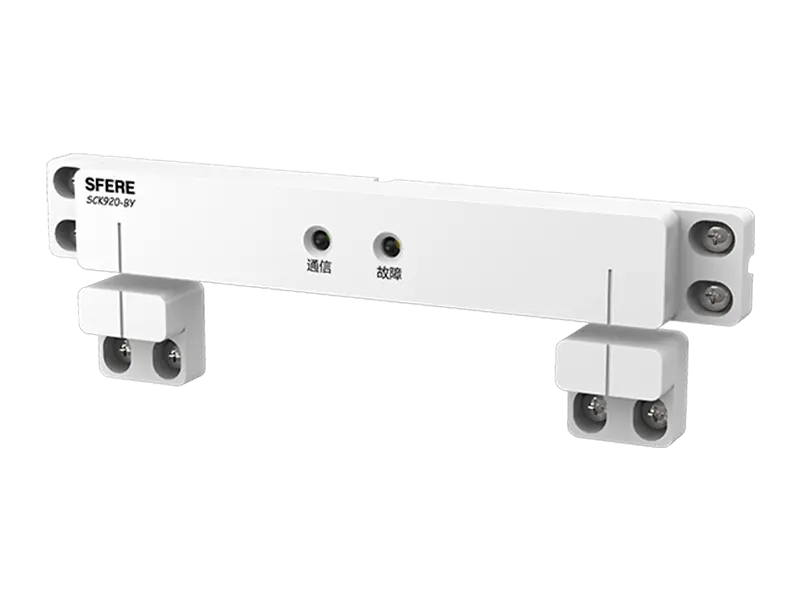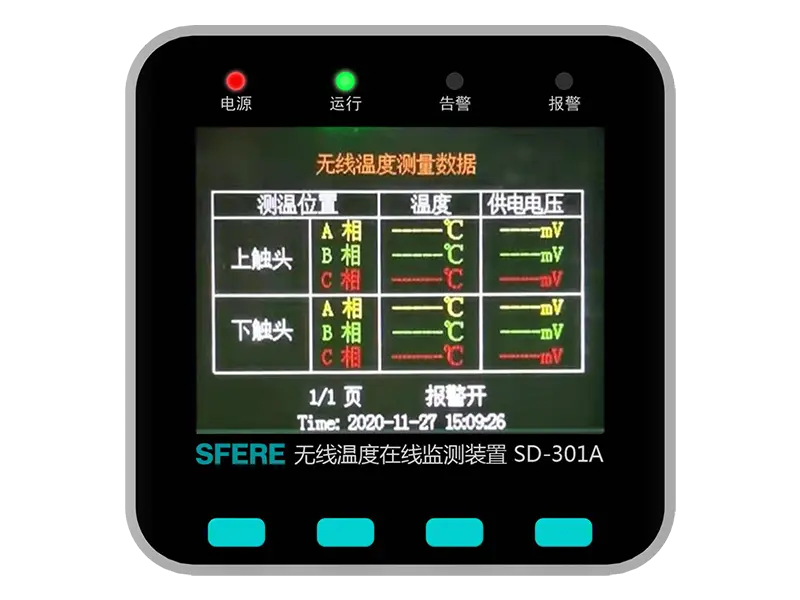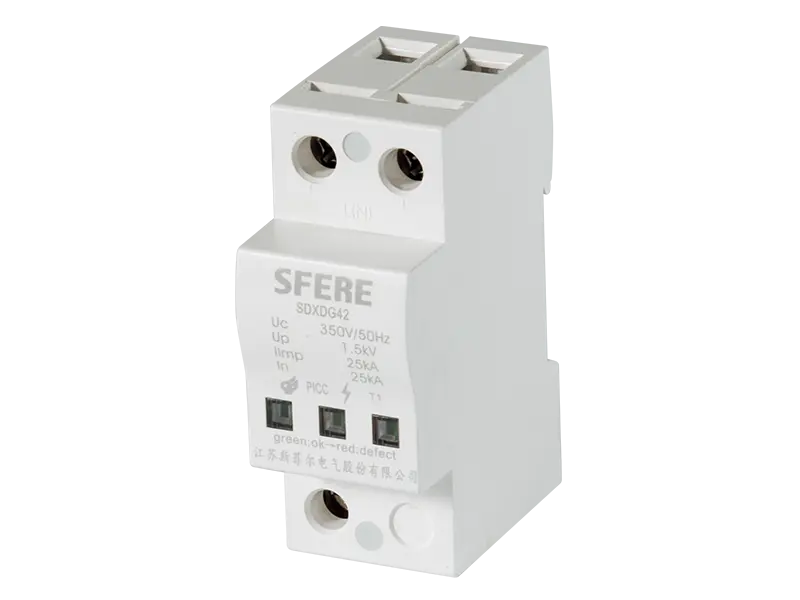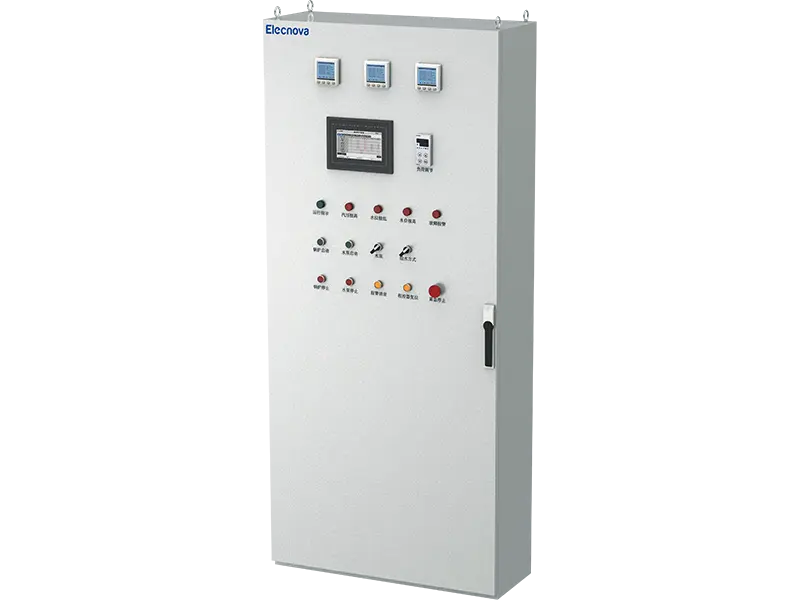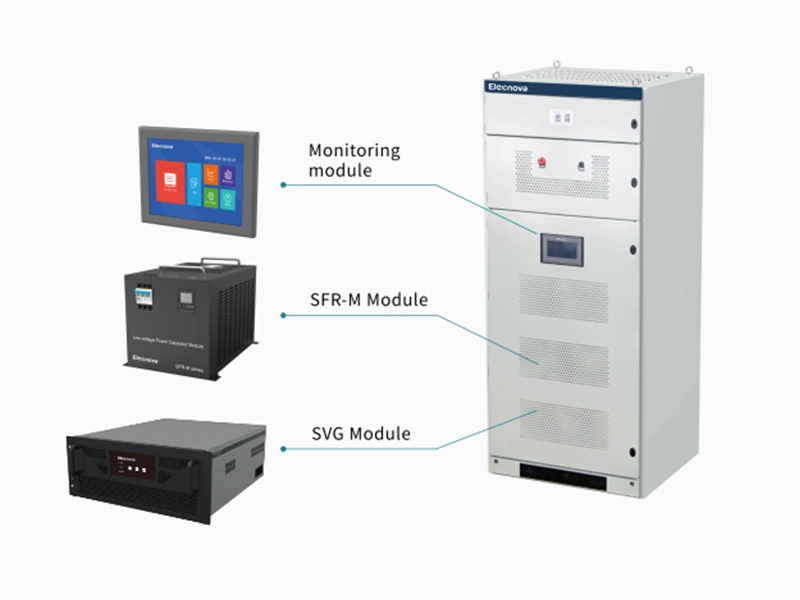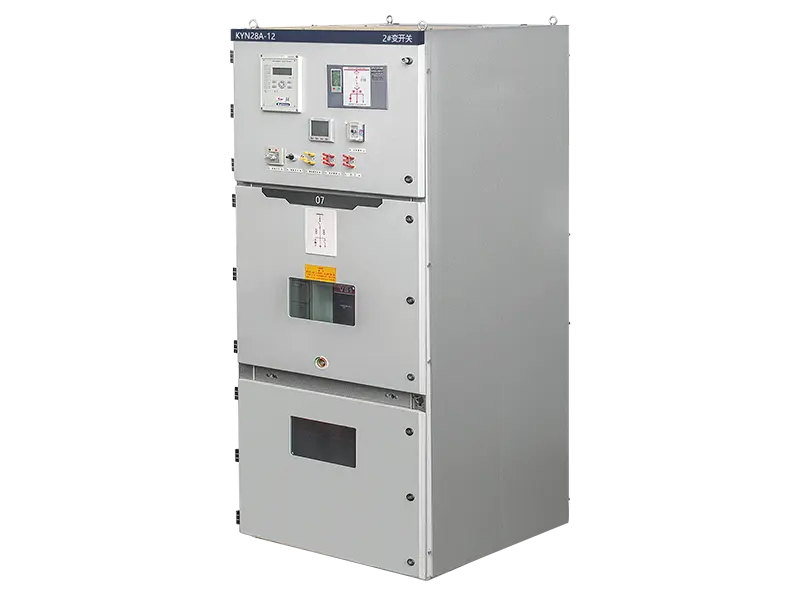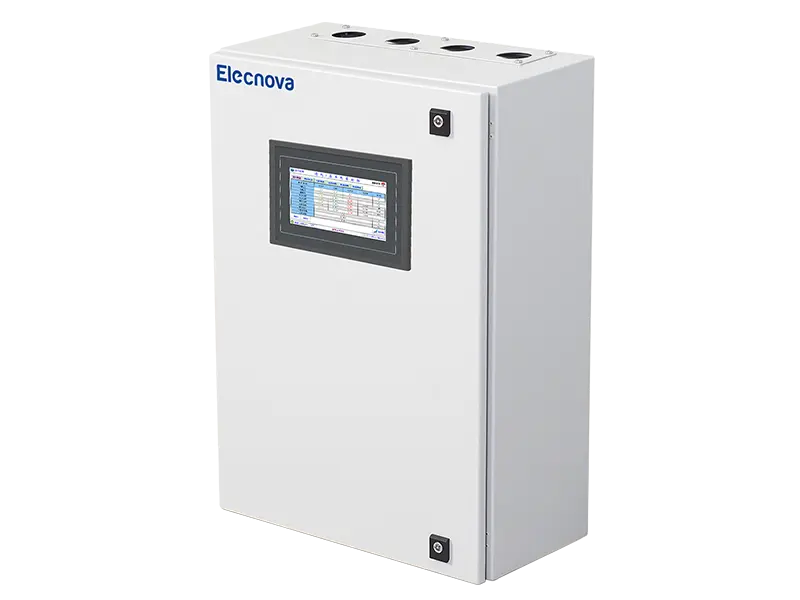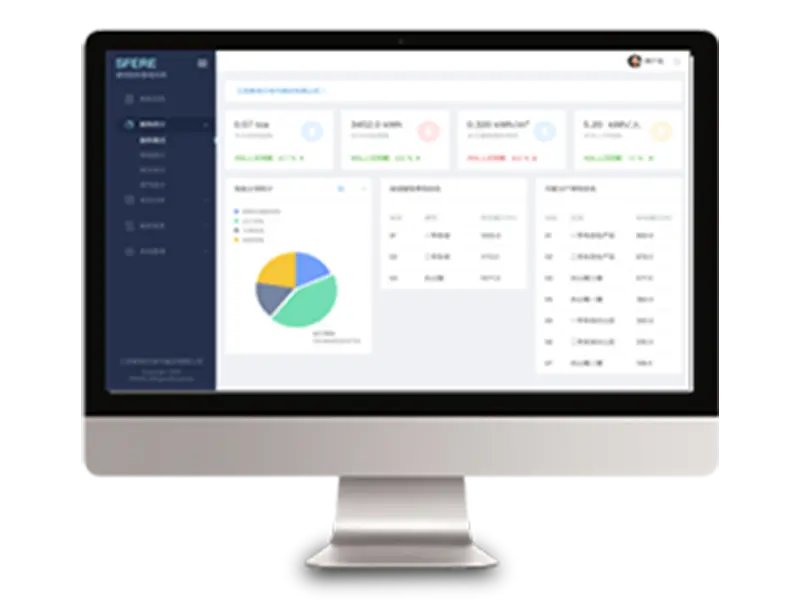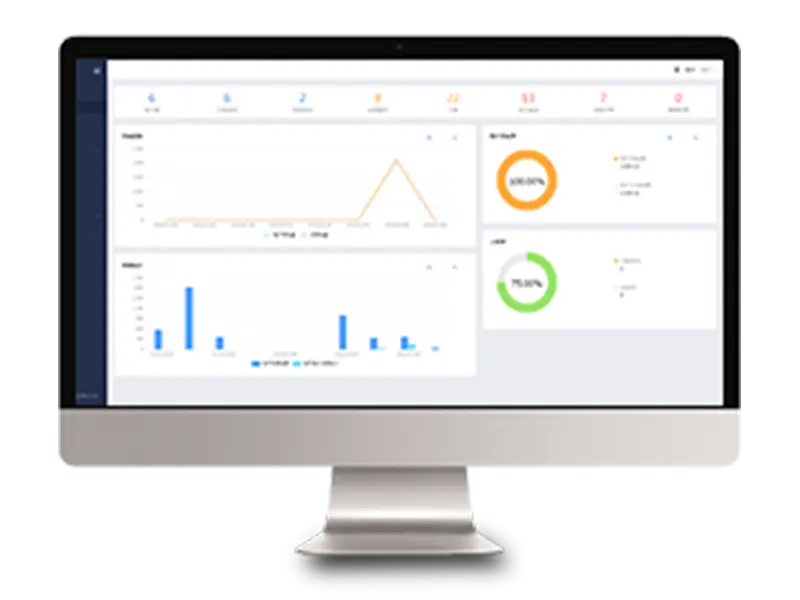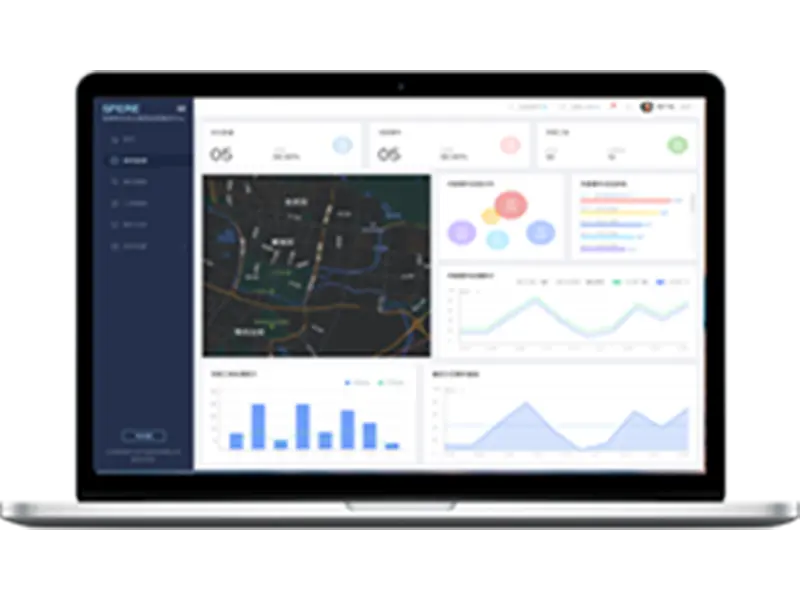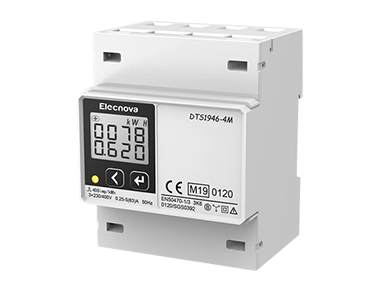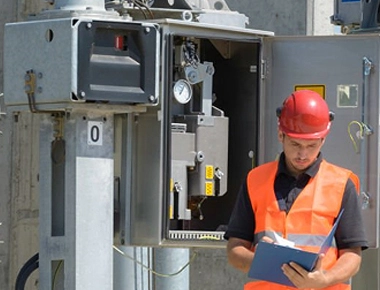A microcomputer integrated protection device (MIPD) is a sophisticated electronic device used to protect electrical systems and equipment from faults, overloads, and abnormal operating conditions. It integrates microprocessor-based technology with advanced protection algorithms to provide comprehensive protection and monitoring functions.
Key features of a microcomputer integrated protection device include:
1. Fault Detection: Utilizes advanced algorithms to detect various types of faults, including short circuits, overcurrents, ground faults, and phase imbalances.
2. Trip Coordination: Coordinates the operation of protective devices throughout the electrical system to ensure selective and coordinated tripping, minimizing downtime and equipment damage.
3. Load Monitoring: Monitors electrical parameters such as voltage, current, power factor, and frequency to assess the operating condition of the system and detect abnormal load conditions.
4. Communication Interfaces: Includes communication interfaces such as Ethernet, Modbus, Profibus, or IEC 61850 for remote monitoring, control, and integration with supervisory control and data acquisition (SCADA) systems.
5. Data Logging: Records and stores historical data, event logs, and fault records for analysis, troubleshooting, and maintenance purposes.
6. Settings Configuration: Allows users to configure protection settings, thresholds, and parameters to tailor protection functions to specific system requirements.
7. Self-Diagnostics: Conducts self-tests and diagnostic checks to ensure the integrity and reliability of the protection device.
8. Alarm and Notification: Provides audible or visual alarms and notifications in the event of faults, abnormalities, or operating conditions that require attention.
9. Remote Control: Enables remote control of protection settings, tripping, and reset functions for enhanced flexibility and convenience.
Overall, a microcomputer integrated protection device offers advanced protection, monitoring, and control capabilities to safeguard electrical systems, improve reliability, and minimize downtime in industrial, commercial, and utility applications.


